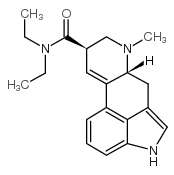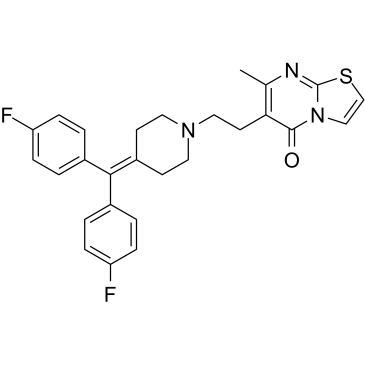| Structure | Name/CAS No. | Articles |
|---|---|---|
 |
lsd
CAS:50-37-3 |
|
 |
R(-)-DOI HYDROCHLORIDE POTENT AND SELECT IVE
CAS:82864-02-6 |
|
 |
Ritanserin
CAS:87051-43-2 |